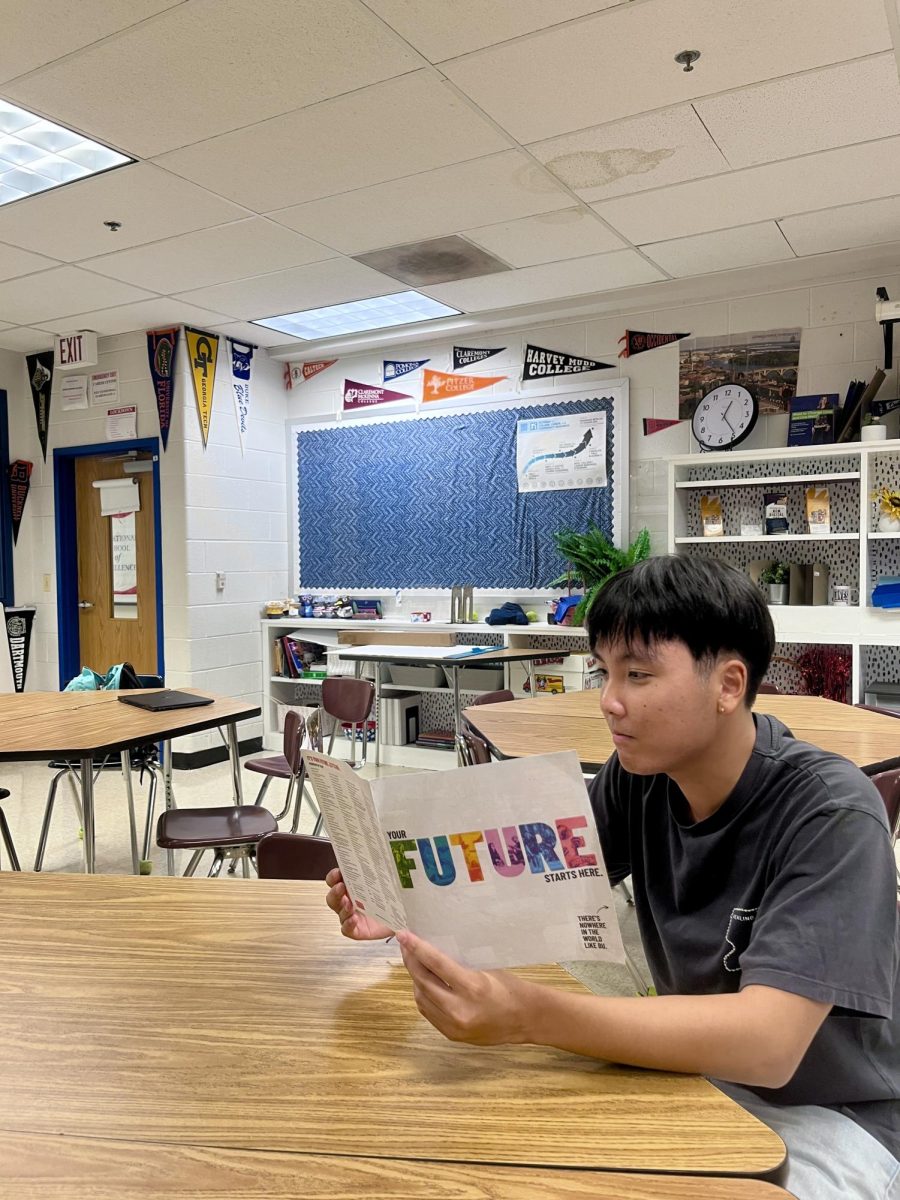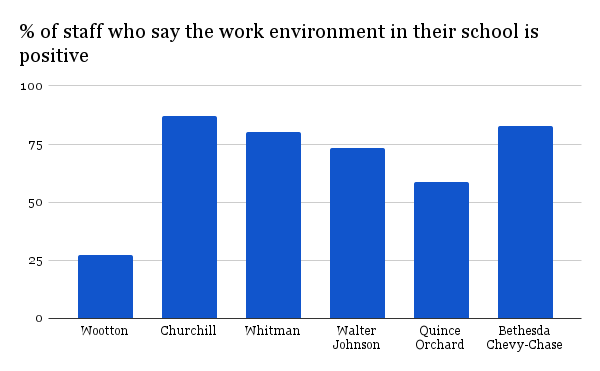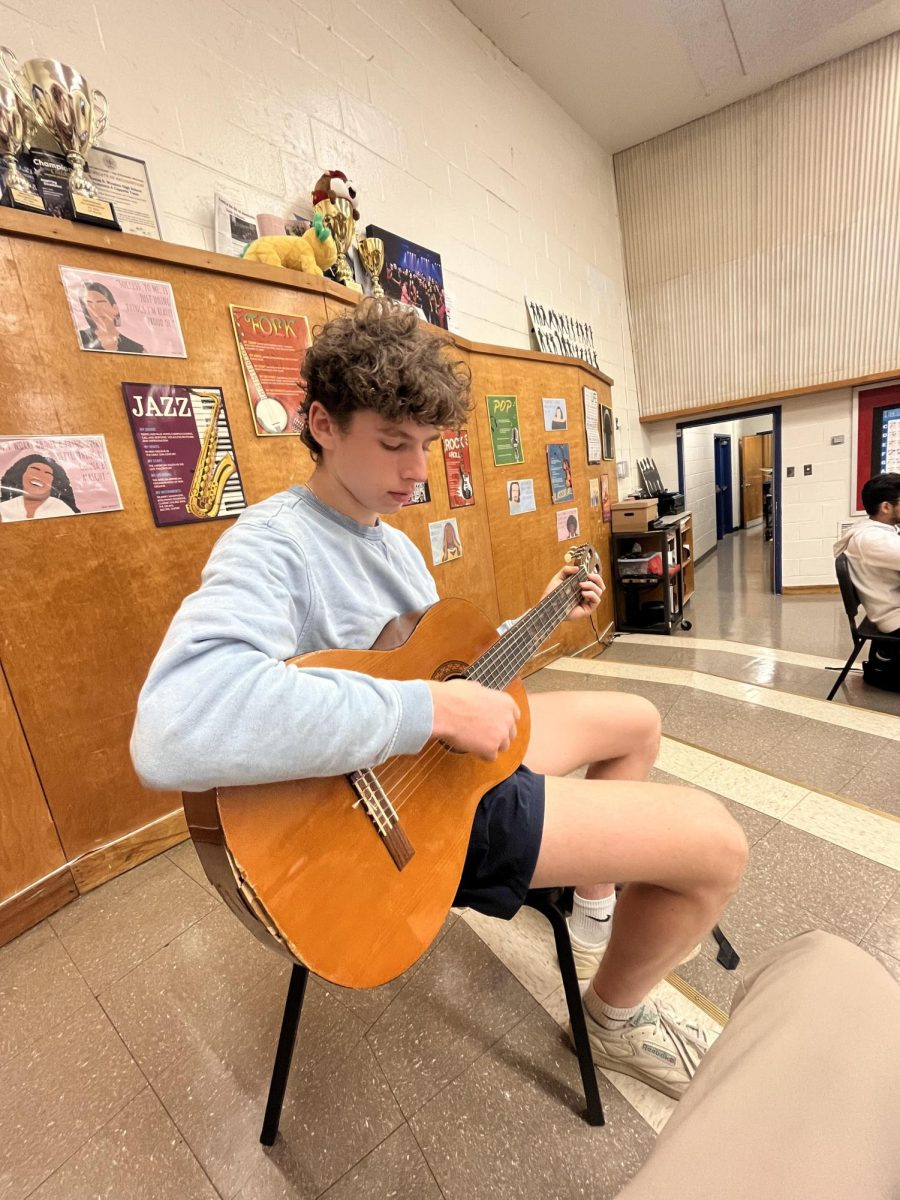At Sunday dinner this week, my mom recalled when she went through the college applications process. The dining room table housed 13 stacks of transcripts, test scores, letters of recommendations, personal statements and supplemental essays; everything that we use the common application for today. When she received her college admissions, she would hope for a large envelope insinuating acceptance, while a small envelope meant a rejection letter was inside. Similar to college applications and admissions moving online in the time between when our parents applied to college and today, although students today still get flooded with college mail, now it is predominantly online.
Freshman year I began my collection of college mail. These mass communications designed to pique my interest through statistics, mantras, and programs showed up multiple times a week to my mailbox. For more information about the excessive nature of college mail, check out Common Sense’s article by Editor-in-chief emeritus Kate Hawley.
Eventually I began receiving more college emails than I was paper mail. Some of these emails exposed me to programs or colleges I’d never thought about, but most were from schools I wasn’t interested in. “I think [college emails] are unnecessary because many people don’t read them. It’s information you can access online. It’s also frustrating getting emails from colleges that I have never even heard of and it clutters up my whole inbox,” junior Anna Rusnock said.
However, for students who don’t regularly check their email, the volume of college emails doesn’t matter. “I don’t check my email every day so I don’t see them,” sophomore Jia Micalizzi said.
Students often get these emails because of their College Board account. According to College Board, these emails are intended to help students navigate the overwhelming college exploration and application process. “The most informative college email I’ve received is from Salisbury University. It was the most informative because in the email it shared the college size, location, majors, activities and tuition. I found this the most informative because most other emails only encourage you to tour and check out their websites rather than giving real information,” junior Sarah Magazine said.
Today I can barely navigate my inbox without getting overwhelmed. On Apr. 28, I received seven emails from colleges, five emails on Apr. 27, 10 emails on Apr. 26, 14 emails on Apr. 25, 15 emails on Apr. 24, 14 emails on Apr. 23, 15 emails on Apr. 22, and 13 emails on Apr. 21. Which means that as a junior, each week, I get around 93 college emails.
In order to lessen the amount of college emails students receive, as they are often sent because of their College Board account, College Board should tie into Naviance. That way students would predominantly receive emails from schools they hearted on Naviance, colleges they have looked at or match trends in their college researching process. Students would likely take these mass communications more seriously, explore colleges that are actually a potential fit for them, and eliminate the stress produced when checking emails.
Alternatively, colleges could improve the information in emails sent to students. “I feel that college emails are not helpful and mostly annoying. The emails don’t really give quality information about the school but rather encourage you to do your own research, I feel like they would be more helpful if they explained what was special about the college instead they are mostly a nuisance,” Magazine said.


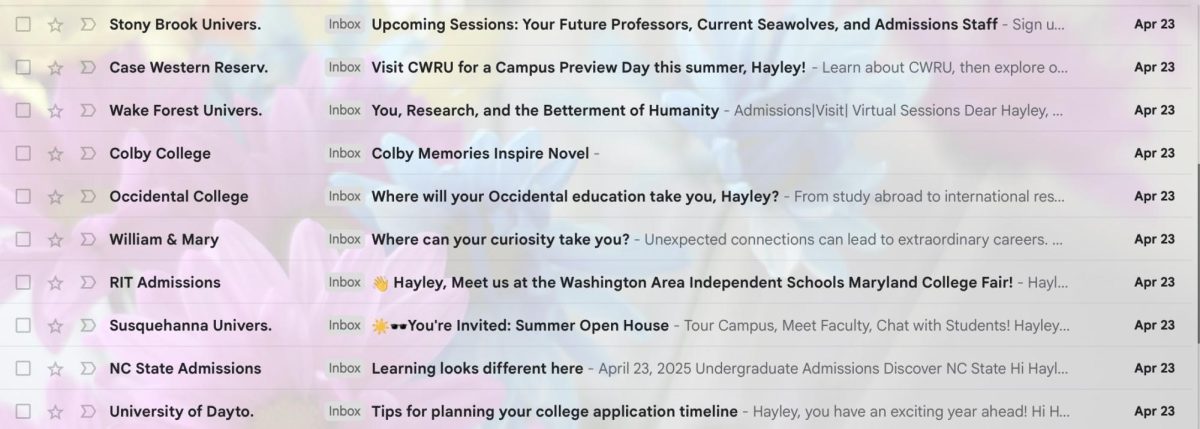
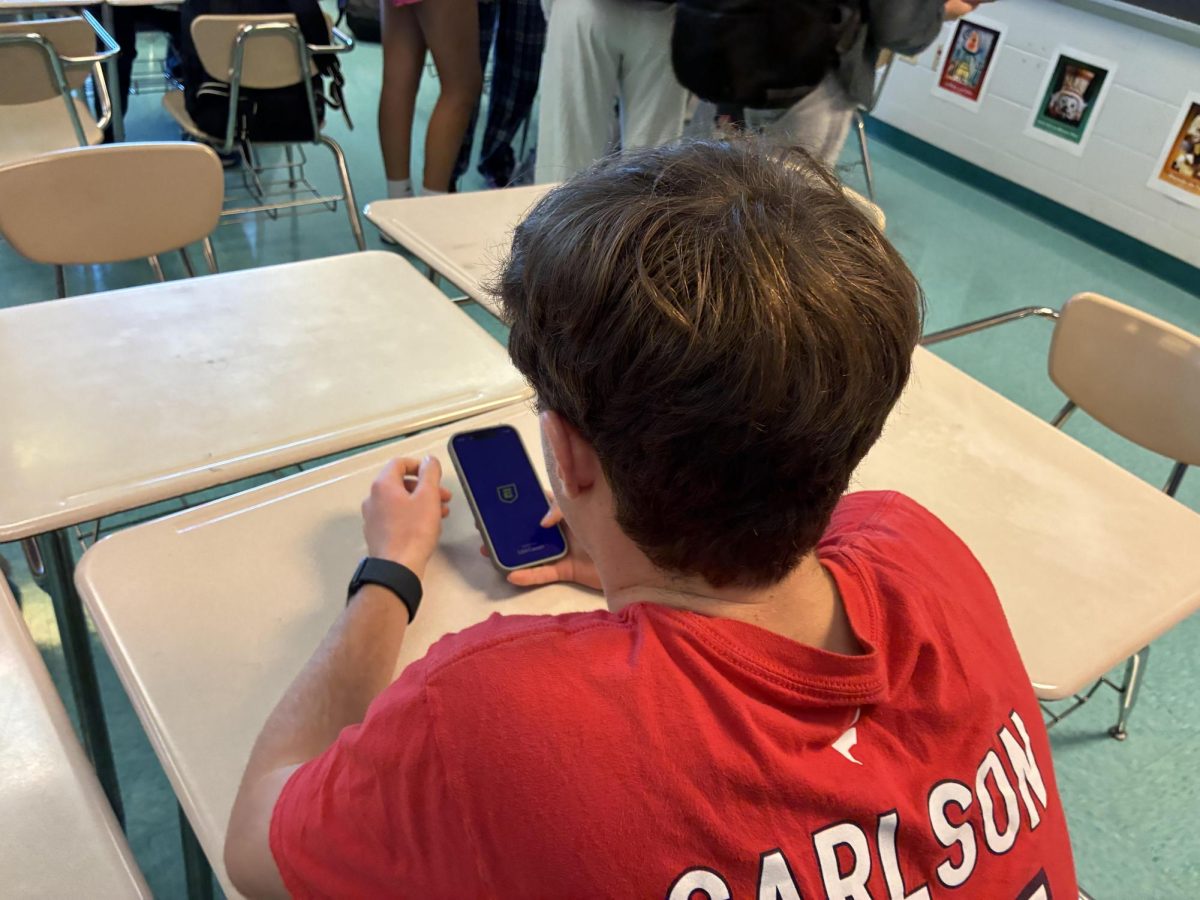
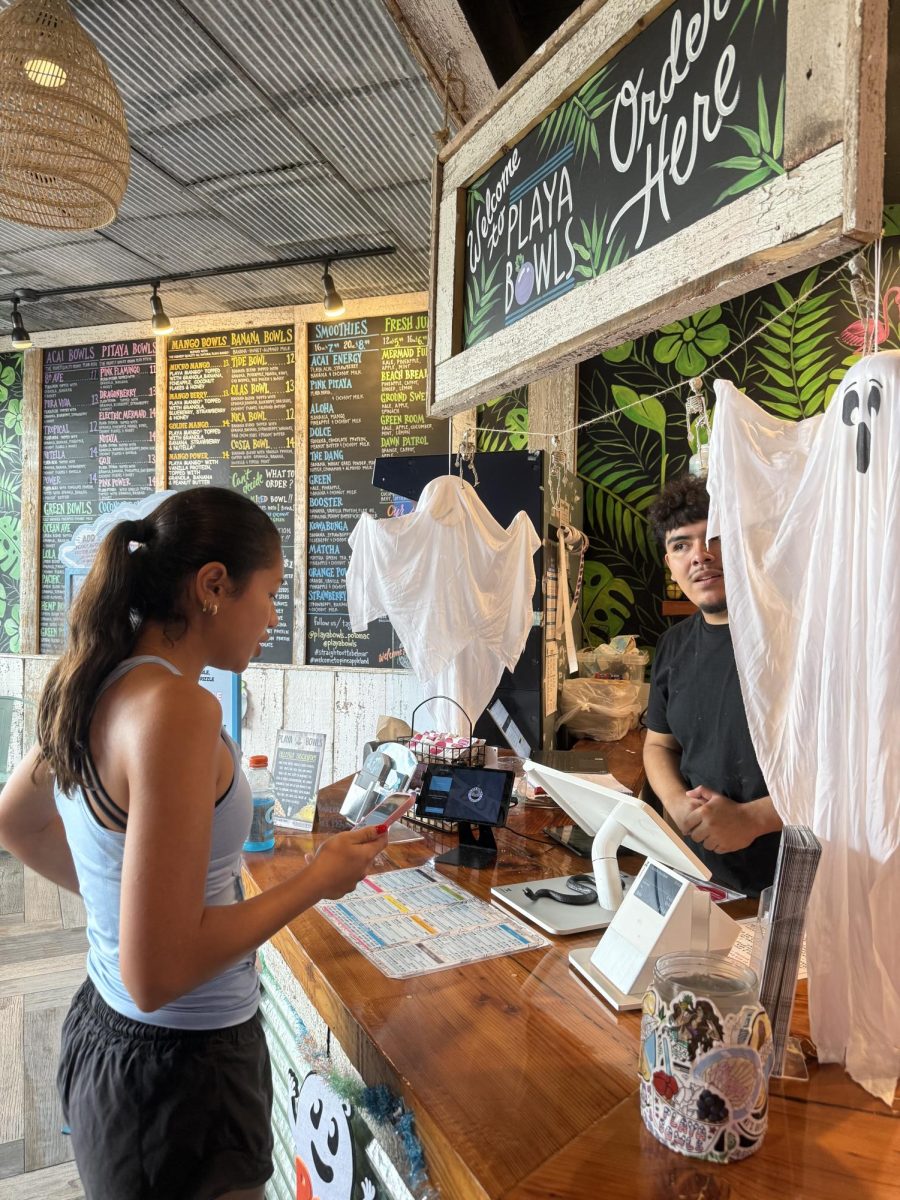
![Editors-in-Chief Ahmed Ibrahim, Helen Manolis, Cameron Cowen, Alex Grainger, Emory Scofield, Hayley Gottesman, Rebekah Buchman and Marley Hoffman create the first print magazine of the year during the October press days. “Only a quarter of the schools in MCPS have programs that are like ours, a thriving, robust program. That makes me really sad. This is not just good for [the student journalists] to be doing this, it’s good for the entire community. What [student journalists] provide to the community is a faith in journalism and that continues for their lifetimes," Starr said.](https://woottoncommonsense.com/wp-content/uploads/2025/10/wmpoFTZkCPiVA3YXA4tnGoSsZ4KmnKYBIfr18p3l-900x1200.jpg)
